How to Fix FPS Drops While Playing League of Legends?
FPS drops in League of Legends can be frustrating, causing the game to lag or slow down, especially during important moments. This happens when your system can’t keep up with the game’s visuals. The most common causes include outdated graphics drivers, improper game settings, or system overload from background processes.

Other potential culprits might involve thermal throttling due to overheating, or insufficient memory that indirectly affect performance.
Now that you know the solutions, lets discuss solutions to solve this problem.
1. Set FPS Cap
Limiting the frame rate can help keep performance stable by stopping your GPU from working too hard to reach very high FPS. This can prevent inconsistent frame rates and overheating. By capping the FPS, you make the workload easier for your system, reducing sudden changes in performance during intense gameplay. This helps the game run smoothly and avoids lag or stuttering.
- Launch LoL and enter a Custom game. Press Esc to open options.
- Select the Video tab and scroll to Frame Rate Cap box.
- Set the cap to 60 FPS.

FPS Cap option – League of Legends - Click the Game tab, find Movement Protection under ‘Gameplay’, and make sure it is unchecked.
- Press OK to save changes and exit. Restart the game to check if the issue is resolved.
2. Disable Overlays
FPS drops in League of Legends can happen because of third-party overlays like Discord or GeForce Experience running in the background. These overlays use system resources and can cause performance issues. Turning them off saves resources and reduces conflicts, making the game run smoother.
- Click the gear icon to open User Settings.

- Scroll down and click Game Overlay under the Activity Settings tab.

- Toggle on Enable in-game overlay.

3. Disable Overclocking
Overclocking can push your hardware beyond its limits, which might seem good for gaming, but it can cause instability. By turning off overclocking, you keep the CPU and GPU stable, avoiding overheating and FPS drops, and ensuring smoother gameplay.
You can checkout our article for detailed guide on Overclocking.
4. Set Maximum Performance Power Options
Changing your power settings to “Maximum Performance” makes sure your system focuses on giving the best performance during gameplay. This lets your CPU and GPU run at their full capacity, avoiding limits set by energy-saving features. It can help prevent hardware from slowing down to save power, which often causes unexpected FPS drops during intense gaming moments.
- Press Windows + R, type control panel, and press Enter.
- In the Control Panel, select Large icons and click on Power Options.
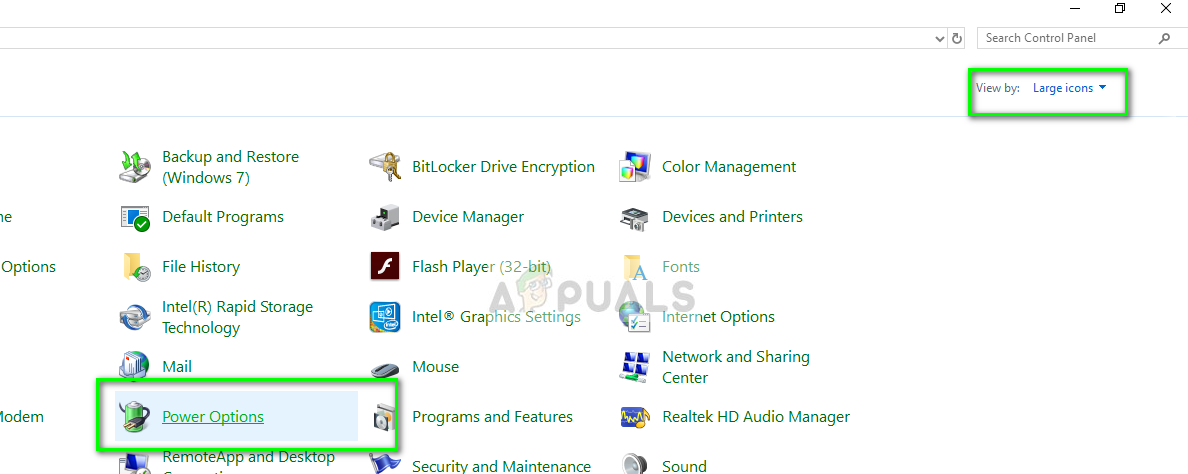
Power options – Control Panel - Choose Maximum performance from the options, save changes, and exit.

High-performance power option – Control Panel - Launch League of Legends again to check if the FPS drop issue is resolved.
5. Change Game Config File
We can try modifying the game configuration file. The game settings are stored in an external file and are loaded each time League of Legends starts. It’s possible that these settings are incorrect or corrupted. We will replace them to see if this resolves the issue.
- Close all League of Legends processes.
- Download the ZIP file from here and save it in an accessible location.
- Go to the League of Legends installation folder and open the Config folder.

‘game.cfg’ – League of Legends installation folder - Copy the existing ‘game.cfg’ file as a backup. Use the downloaded folder to find the appropriate settings for your hardware, and copy the config file to the LoL config folder. Click Yes to replace if prompted.

Config files for hardware specs – League of Legends - Restart your computer and check if the FPS drop issue is resolved. You can revert or try different config file settings if needed.
- Optionally, add these lines to the end of your config file using Notepad:
[UnitRenderStyle] Inking=0 AdvancedReflection=0 < default is 1, change to 0 PerPixelPointLighting=0 < default is 1, change to 0
6. Change Full-screen Optimization and DPI Settings
Disabling full-screen optimizations lets your system prioritize the game, avoiding certain Windows processes that might affect performance. Adjusting DPI settings ensures the game displays at the proper resolution without unnecessary scaling, which can otherwise cause lag or display problems. These changes allow League of Legends to directly control display resources, improving performance, especially on higher-resolution screens.
- Go to the Installation folder of League of Legends. Type ‘.exe’ in the search box and press Enter.
- Right-click the first executable file in the results and select Properties.

Search results for ‘.exe’ files – League of Legends - In the Compatibility tab, check Disable full-screen optimizations and click Change high DPI settings.

Compatibility settings – League of Legends - Check Override high DPI scaling behavior and select Application from the dropdown. Save and exit.

Override high DPI scaling behavior option – League of Legends - Repeat for all executable files in the search results. Save changes and exit.
Restart your computer and check if the FPS drop issue persist.
7. Update Graphics Drivers
Outdated graphics drivers can cause FPS drops and other problems in games. Updating them makes sure your GPU has the latest fixes and improvements, which help with new game updates and system changes. This improves how games run, reduces problems, and helps your GPU work its best, solving FPS drops directly.
- Visit the Nvidia website: www.nvidia.com.

go to the Nvidia website - Click the Product button, then click Software.

Click Product, then Software. - Under “Gaming and Creating,” click “GeForce Experience“.

Go to “Gaming and Creating” and click “GeForce Experience”. - Click “Download Now” under GeForce Experience.

Click “Download Now”. - Double-click the downloaded file to run the installer.
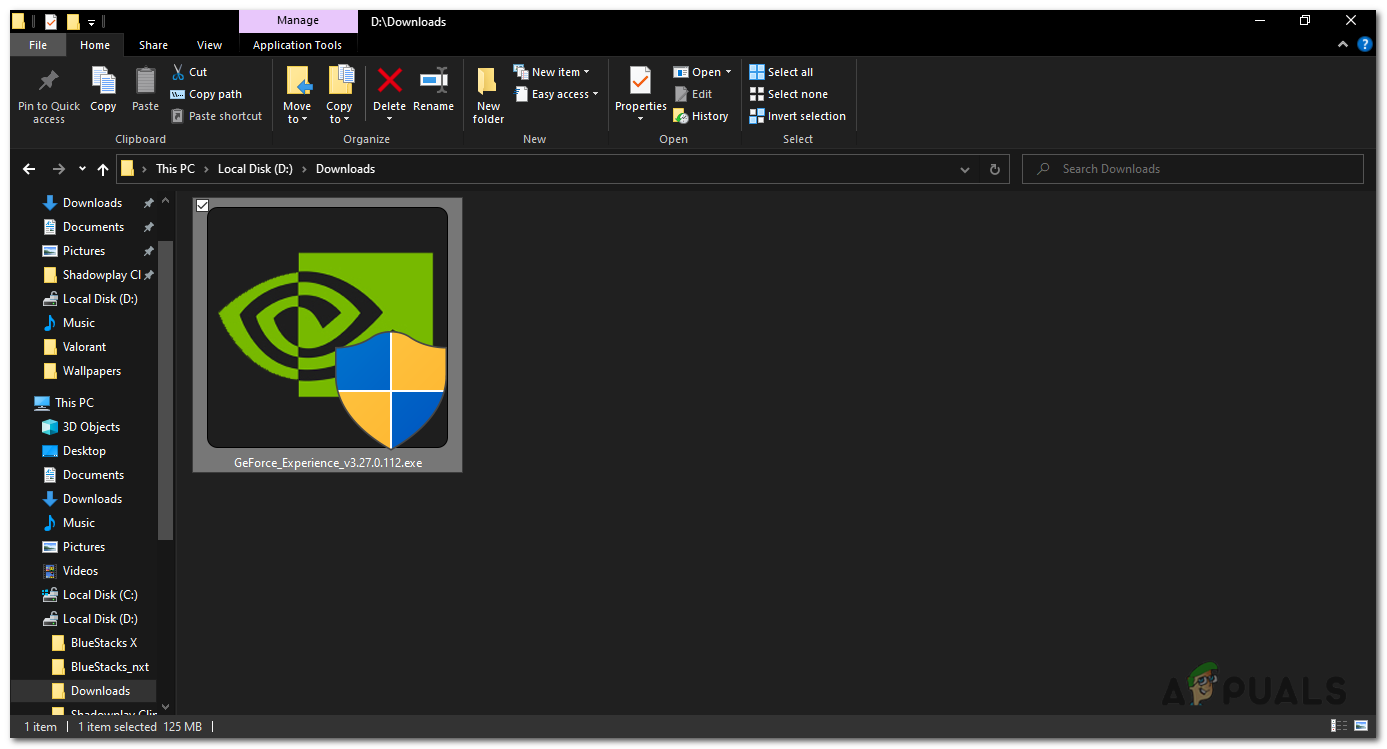
Locate and open the file. - Follow on-screen instructions to install.

Follow the installation steps. - Launch GeForce Experience from your desktop or Start menu.
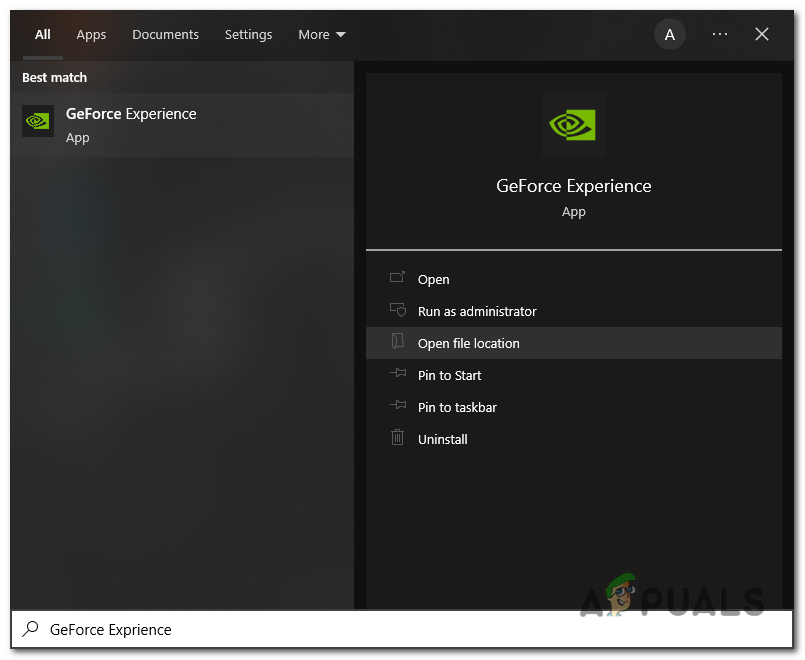
Open GeForce Experience. - Log in or create a free Nvidia account.
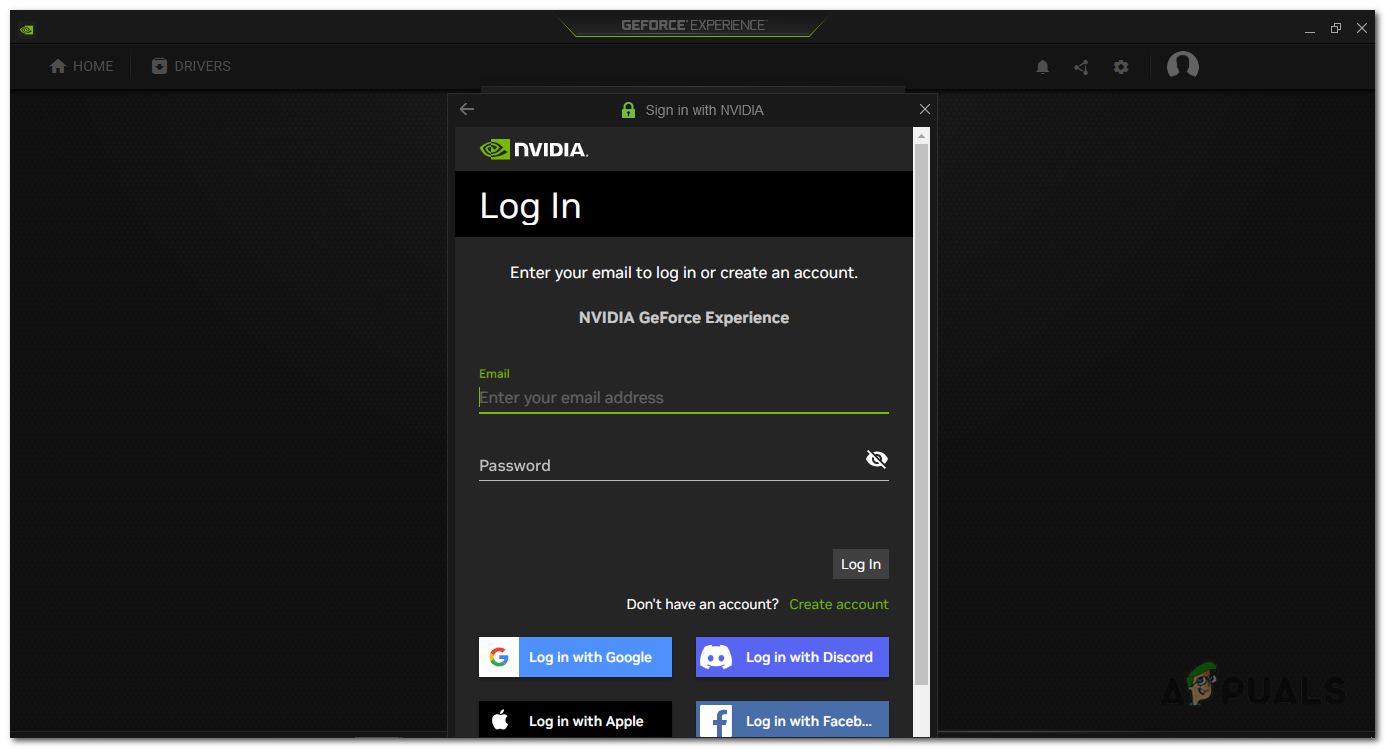
Log in or sign up. - GeForce Experience will scan your system for updates.
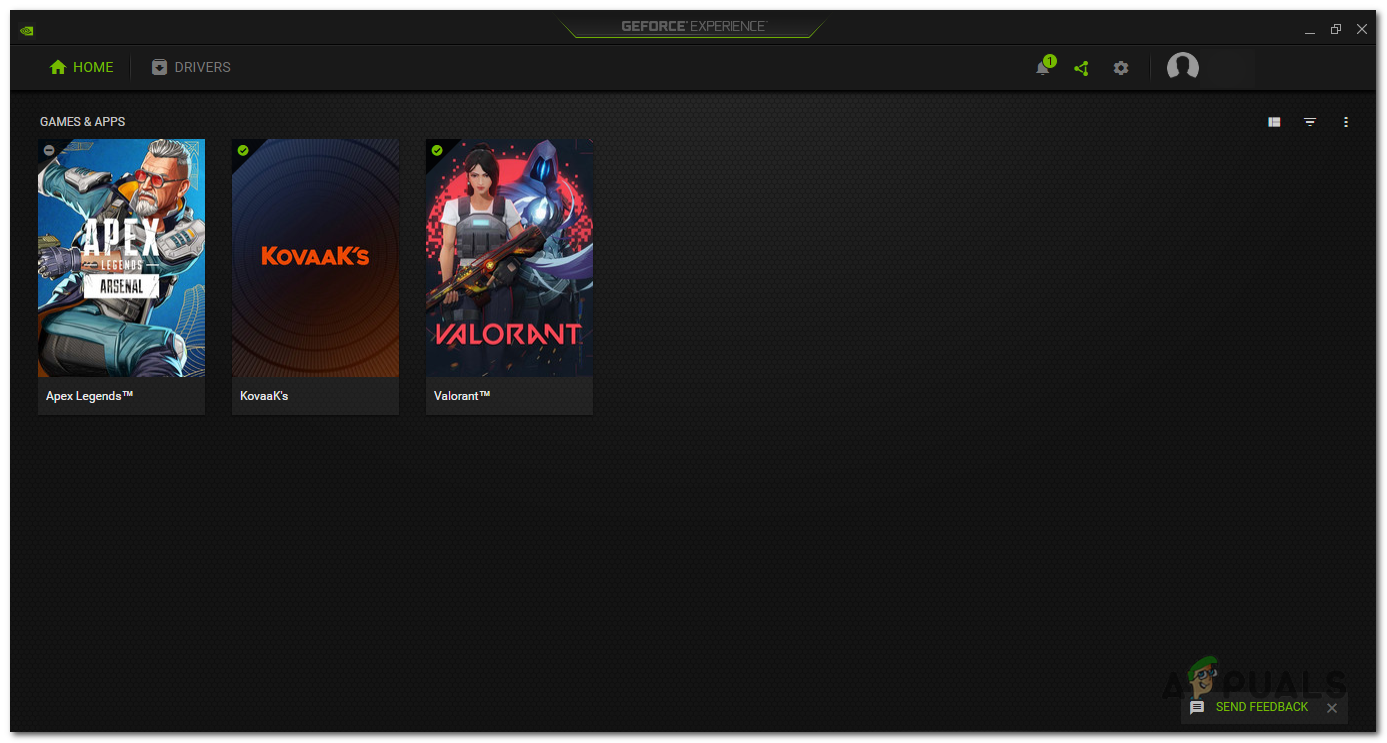
- Go to the DRIVERS tab.

Open the DRIVERS tab - Click “Download” to get the new driver.

Click “Download”. - After download, click “Express Installation” to install. Your screen may flicker.
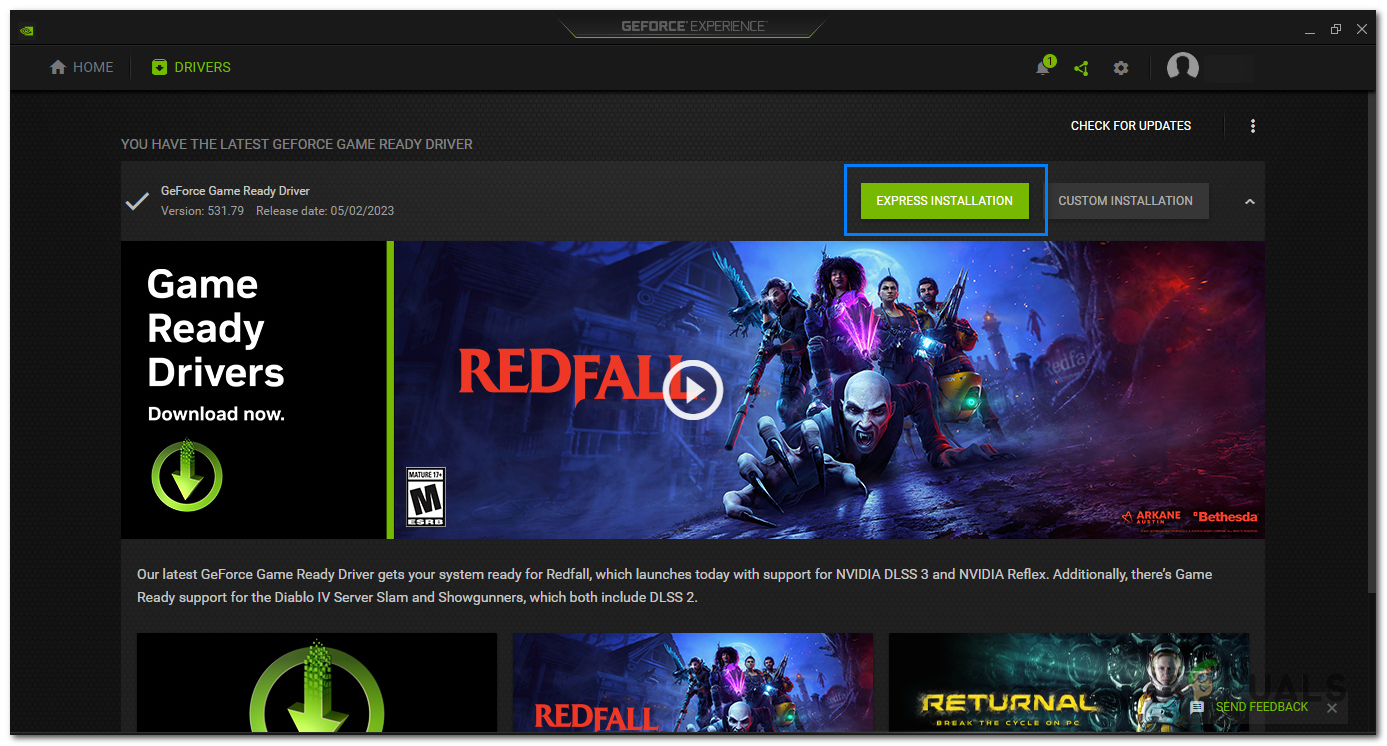
Start Express Installation - Once installed, restart your computer.
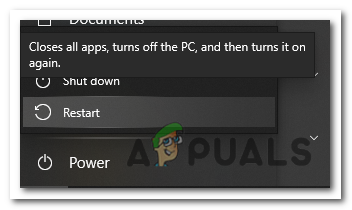
Restart your computer.
8. Enable Low Spec Mode
League of Legends includes a Low Spec Mode, designed to help users with less powerful systems enjoy the game. Enabling this mode automatically lowers the graphics settings and optimizes performance. If you notice an improvement with this mode enabled, it might indicate that your hardware needs an upgrade or that your internet connection speed is contributing to the issue.
- Open League of Legends.
- Click Settings (gear icon) at the top right.

Open League of Legends Settings - Check Enable Low Spec Mode and click Done.

Enable Low Spec Mode in League of Legends - Close the game, restart your computer, and relaunch it to see if the FPS issue is fixed.





